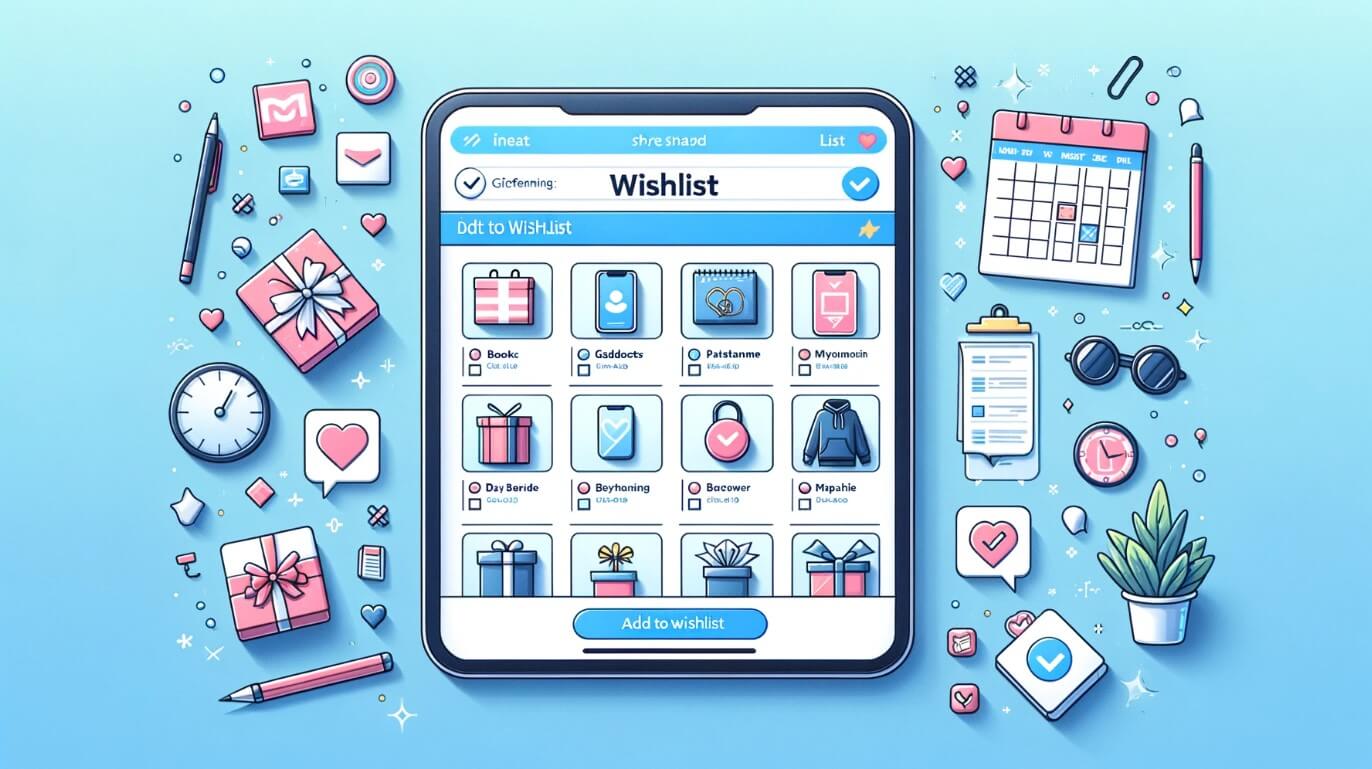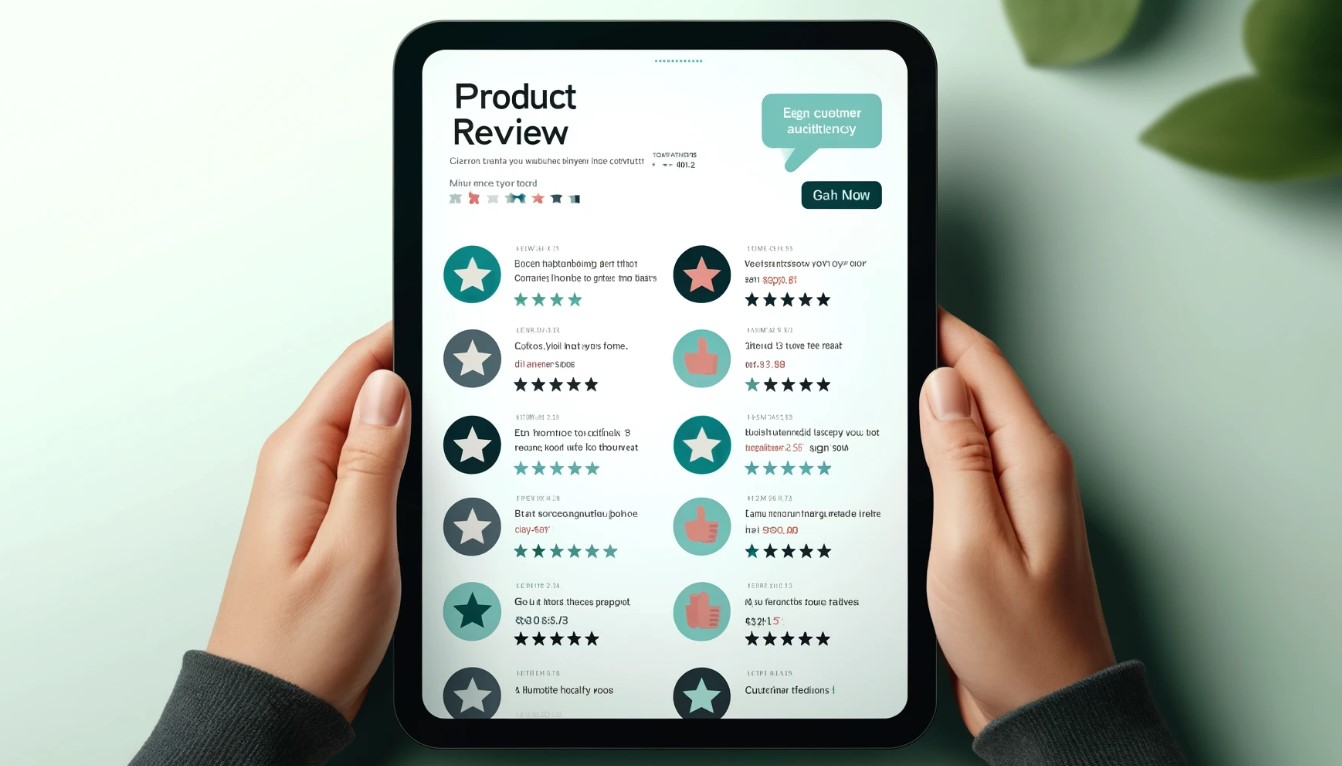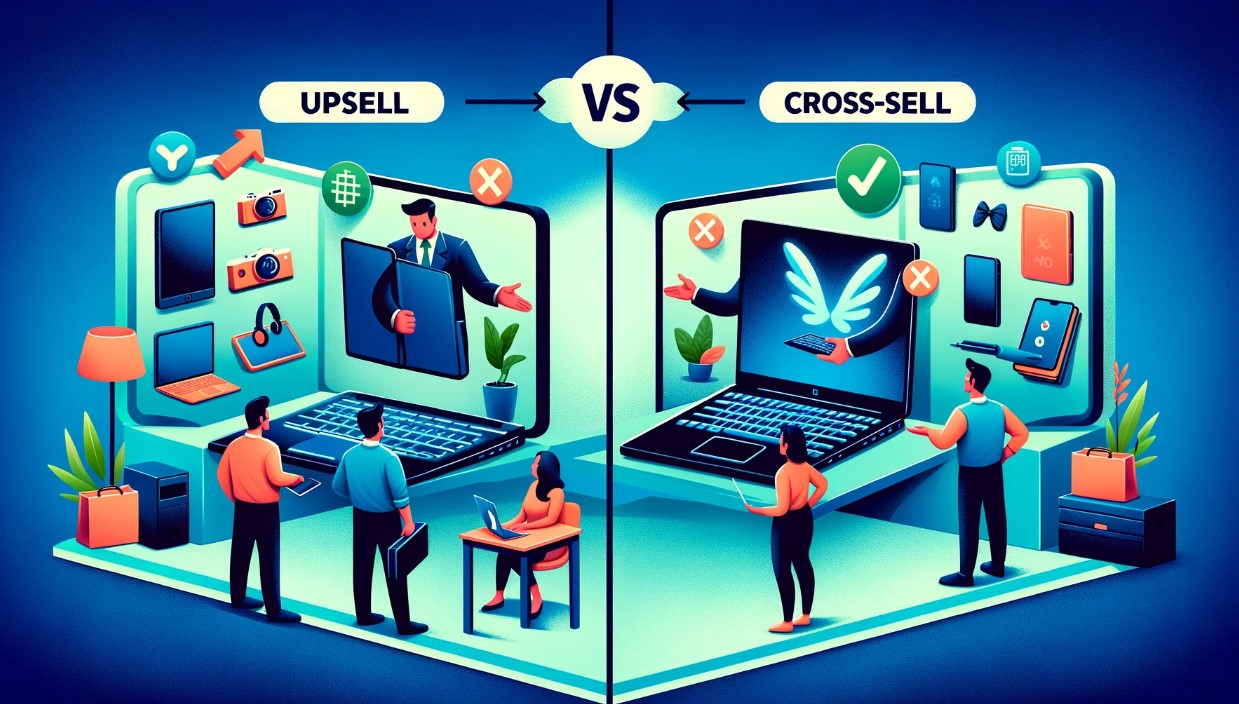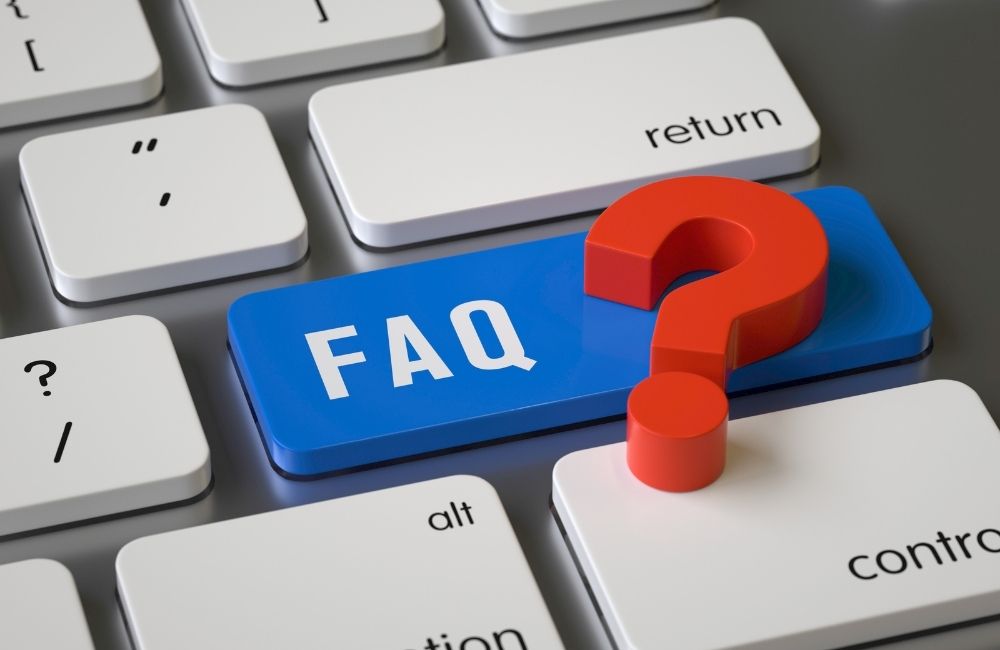Not all ecommerce sites are created equal.
The features you choose to include can make a huge difference in attracting and retaining customers, and ultimately, in how much you sell. From the ease of navigation to the security of customer data, every detail counts.
In this blog post, we’ll explore the key ecommerce website features that every business should have to ensure it not only attracts visitors but also converts them into loyal customers.
Whether you’re building a new site or looking to improve an existing one, these insights will help you make informed decisions that boost your online presence and sales.
Contents
1. User-Friendly Navigation
User-friendly navigation starts with a clear and simple menu. This menu should be well organized and include categories that accurately reflect the items available on the site.
For instance, if the website sells clothing, the categories might be “Men’s,” “Women’s,” and “Children’s,” with further subdivisions like “Shoes,” “Shirts,” and “Pants.”
The search feature also plays a vital role in navigation. A good search tool allows visitors to type in keywords and find products quickly.
This is especially helpful for shoppers who have a specific item in mind and do not want to browse through multiple categories.
By focusing on these aspects, an ecommerce site can provide a smooth and enjoyable shopping experience that encourages visitors to stay, browse, and ultimately make purchases.
2. Secure Checkout

Secure checkout is a critical feature for any ecommerce website, ensuring that customers’ payment and personal details are protected during transactions. A secure and trustworthy checkout process can build customer confidence and encourage more sales.
Ecommerce sites must use strong encryption methods like SSL (Secure Socket Layer) certificates to protect the data exchanged between customers and the site. You can usually see this as a padlock icon next to the website’s URL in the browser, indicating that the site is secure.
This encryption ensures that sensitive information, such as credit card numbers and personal addresses, is not accessible to hackers.
The checkout process should not be too long or complicated. It should be straightforward, with clear instructions and prompts to guide the customer through each step.
3. Product Pages
Product pages are a critical element of any ecommerce website because they provide shoppers with important details about each item. A well-designed product page can greatly influence a customer’s decision to buy something.
The first thing a product page should offer is high-quality photos of the item from multiple angles. These images allow shoppers to get a good sense of what the product looks like in real life, which is especially important since they can’t physically touch or try the product online.
Next, the product description should be a clear and concise paragraph or two that explains what the product is, what it’s used for, and why it’s unique. It should provide enough detail to answer any questions a customer might have before buying.
Pricing information must be easy to find and straightforward. If there are different prices for different sizes or colors, this should be clearly indicated.
4. Mobile Responsiveness

Mobile responsiveness is a vital feature for ecommerce websites because it ensures that the site works well and looks good on mobile devices like smartphones and tablets. As more people use their mobile devices for shopping, having a mobile-friendly site can lead to more visits and sales.
A mobile-responsive website automatically adjusts its layout depending on the screen size of the device being used.
This means that whether a customer is viewing the site on a phone, tablet, or desktop computer, the content, images, and navigation will reorganize themselves to offer the best user experience possible.
For example, text might appear larger, buttons become easier to click, and images size down to fit the screen. Additionally, navigation on a mobile-responsive site should be simplified. This can be done by having a menu that is easy to access and use with a touch screen.
5. Shopping Cart
The shopping cart is an essential feature of any ecommerce website, acting as a personal space where shoppers can store items they are interested in buying while they continue browsing the site. A well-functioning shopping cart makes the process of purchasing products smooth and straightforward.
When customers add items to their shopping cart, they expect to see certain key details. This includes the name and picture of the product, the price, the quantity they plan to buy, and the total cost for each item.
It is helpful if the shopping cart allows customers to easily change the quantity or remove items entirely if they change their mind.
Another important aspect of the shopping cart is the visibility of extra costs. This includes taxes and shipping fees.
These should be calculated early in the shopping process so that customers aren’t surprised by sudden increases in the total amount they need to pay when they decide to checkout.
6. Robust Search Functionality

Robust search functionality is key to making an ecommerce website user-friendly, especially when customers are looking for specific products. Having a powerful search feature means shoppers can find exactly what they need quickly, without having to navigate through multiple pages or categories.
A robust search engine on an ecommerce site allows users to type in keywords and get accurate, relevant results almost instantly. The search bar should be easy to find on every page, typically at the top, so that it is accessible no matter where the customer is on the site.
The functionality of the search tool can be enhanced by including features like auto-complete, where the search bar suggests possible products or categories as the customer types. This not only speeds up the search process but also helps reduce spelling errors that might lead to no results.
Moreover, offering filters to refine search results lets customers narrow down their options based on size, color, price, and other specific features, making the shopping experience more efficient.
7. Fast Loading Speed
Fast loading speed is incredibly important for any ecommerce website.
When a site loads quickly, it makes shopping easier and more enjoyable for customers. If a website takes too long to load, shoppers may become impatient and leave the site to find another place to buy what they need.
One of the main reasons fast loading times are critical is that they help keep the customer’s attention. In today’s fast-paced world, people expect instant responses from websites, including quick transitions between pages.
If a site responds slowly, it can feel outdated and unreliable, which might discourage shoppers from making a purchase. Keeping the site fast ensures a smooth, enjoyable shopping experience for all users.
8. Promotions and Discounts

Promotions and discounts are powerful tools used by ecommerce websites to attract and retain customers. These special offers can make shopping more exciting and can lead to increased sales.
When an ecommerce site offers promotions, it provides products at a reduced price for a limited time. This can include deals such as a percentage off certain items, buy-one-get-one-free offers, or special prices for clearance items.
Discounts are appealing because they provide an immediate benefit of saving money, which can encourage customers to make a purchase they were hesitating about or buy more items than they originally planned.
Discounts also play a crucial role during holiday seasons or special events, such as Black Friday or back-to-school periods. During these times, customers are looking for the best deals, and promotions can drive significant traffic to the site.
Timely and relevant discounts not only boost sales but can also help clear out inventory, making room for new products.
9. Filtering and Sorting Options
Filtering and sorting options are crucial features for an ecommerce website, helping customers easily find products that meet their specific needs and preferences. These tools streamline the shopping experience by reducing the number of irrelevant items that shoppers need to sift through.
Filtering allows customers to narrow down product selections based on certain criteria. For example, if a shopper is looking for shoes, they can use filters to show only those that are in their size, within a certain price range, or a specific color.
This is particularly useful in stores with a large inventory, making it easier for customers to focus on products that are relevant to them without feeling overwhelmed.
Sorting options complement filtering by organizing products in a preferred order. Customers can choose to sort items by price, popularity, new arrivals, or user ratings.
This helps them make better buying decisions by directly comparing similar items based on the criteria that matter most to them, such as finding the cheapest option or the best-reviewed product.
10. Wishlists

Wishlists are a very useful feature for ecommerce websites, allowing customers to save products they are interested in but may want to buy later. This tool helps shoppers keep track of items they find appealing without the need to make an immediate purchase.
Having a wishlist is like having a personal reminder for products that caught your eye. Customers can add items to their wishlist while they browse, which they can revisit at any time.
This is particularly helpful during decision-making, as it gives shoppers the opportunity to think about their potential purchases and compare different products without the pressure of keeping multiple tabs open or remembering which items they liked.
Another advantage of wishlists is that they make shopping more convenient.
For instance, during special occasions like birthdays or holidays, customers can share their wishlists with friends and family. This makes gift-giving easier because it takes the guesswork out of what the person might like or need.
11. User Accounts
User accounts are an important feature for ecommerce websites because they offer customers a personalized and secure space to manage their interaction with the site. Creating a user account allows shoppers to keep track of their purchases, save their payment information, and streamline the process of buying products.
When customers sign up for an account, they typically provide their name, email, and a password. This registration process helps protect their information and makes it easier for them to log in and out of the website securely.
Once they have an account, customers can view their order history, which is helpful for tracking past purchases and reordering items they liked.
Having a user account also simplifies the checkout process. Since the customer’s address and payment details can be safely stored in their account, they don’t have to re-enter this information every time they make a purchase.
12. Product Reviews and Ratings

Product reviews and ratings are essential features for ecommerce websites, playing a key role in helping customers make informed purchasing decisions. This functionality allows shoppers to read opinions and experiences from others who have already bought and used a product.
When a product page includes customer reviews and ratings, it shows potential buyers what others think about the item’s quality, usability, and overall value. This system makes it easy for shoppers to quickly assess how well a product is liked.
Reviews are more detailed and provide specific feedback, such as how the product performs in daily use, its durability, and whether it looks like the photos on the website.
Reading these reviews can reduce uncertainty for new buyers, especially when purchasing expensive or critical items. They know what has worked or not worked for others, which can guide them in their choice.
Moreover, the presence of honest and comprehensive reviews builds trust in the ecommerce platform. It shows that the site values customer feedback and is confident in the products it sells.
13. Live Chat or Chatbot
Live chat and chatbots are important tools for ecommerce websites, providing real-time assistance to customers who need help or have questions. These features allow shoppers to get immediate responses without the need to make phone calls or send emails, which enhances the shopping experience and can lead to better sales.
Live chat is typically handled by customer service representatives who can answer questions, resolve issues, and provide advice on products. This personal interaction helps build trust and rapport with customers, making them feel valued and supported.
Chatbots are a bit different. They are automated programs that use pre-set rules or artificial intelligence to answer common questions.
Chatbots can handle a large volume of queries at once, making them very efficient, especially outside of regular business hours. They can provide answers about product details, return policies, and order tracking, among other things.
This capability ensures that customers receive help at any time, day or night.
14. Upselling and Cross-Selling

Upselling and cross-selling are strategies used by ecommerce websites to encourage customers to buy more or higher-value products. These techniques are beneficial for increasing sales and improving the overall shopping experience by offering customers additional options that might meet their needs better than what they originally considered.
Upselling involves suggesting a more expensive or upgraded version of the item a customer is interested in.
For example, if a customer is looking at a basic model of a digital camera, the site might show an upgraded model that takes higher quality photos and has more features. The idea is to make the customer aware of better options that, although more costly, offer greater value or enhanced features that might be worth the extra money.
Cross-selling, on the other hand, is when the website recommends products that complement or are related to the item being viewed.
For example, if a customer is purchasing a paintbrush, the site might suggest buying paints or canvas as well. This not only increases the order value but also adds convenience for the customer, as it saves them the effort of searching for these additional items separately.
15. Trust Badges
Trust badges are small symbols or logos displayed on ecommerce websites that signify the security and credibility of the site. These badges are important because they help customers feel more confident about the safety of their personal and payment information when making purchases online.
The most common types of trust badges include security badges, payment assurance badges, and endorsements from well-known brands. Security badges, like those provided by SSL certification, show that a website has secure encryption in place to protect data entered by customers.
Payment assurance badges indicate that a website accepts well-known payment methods, such as credit cards, PayPal, or other financial services, which are trusted and secure. Seeing these badges can reassure customers that the payment process is safe and that the business adheres to standard financial regulations.
Endorsement badges from major companies or industry groups can also build trust. For example, a badge from the Better Business Bureau (BBB) or a positive rating from a consumer protection agency reflects a business’s commitment to good service and customer satisfaction.
16. FAQ Page

An FAQ page, which stands for “Frequently Asked Questions,” is an essential part of any ecommerce website. It is designed to help customers by providing answers to common questions they might have about the products, services, or policies of the site.
The FAQ page typically covers a wide range of topics. These can include details about product support, return policies, shipping methods, payment options, and how to troubleshoot common issues.
By having a well-organized FAQ page, a website can reduce customer confusion and uncertainty, making them more comfortable with making a purchase.
Customers can quickly find answers on their own, which provides immediate satisfaction and allows them to continue their shopping experience uninterrupted. For the business, it reduces the number of customer service inquiries, freeing up staff to focus on other tasks that improve the customer experience.
FAQ
What are the features of an e-commerce website?
E-commerce websites offer a range of features for online transactions. Key features include: user-friendly navigation for finding products, detailed product pages with images and descriptions, a shopping cart system, secure checkout with multiple payment options, order tracking capabilities, etc.
What are the main functions of an e-commerce website?
The main functions of an e-commerce website include facilitating online transactions, displaying product information, managing inventory, providing customer service through live chat and support, processing payments securely, and promoting products through digital marketing. These functions ensure a seamless shopping experience.
How do I make my e-commerce website unique?
To make an e-commerce website unique, focus on offering a personalized shopping experience, incorporating innovative design elements, and providing exceptional customer service. Utilize advanced analytics for tailored recommendations, ensure mobile optimization, and integrate unique, interactive content to engage users effectively.

